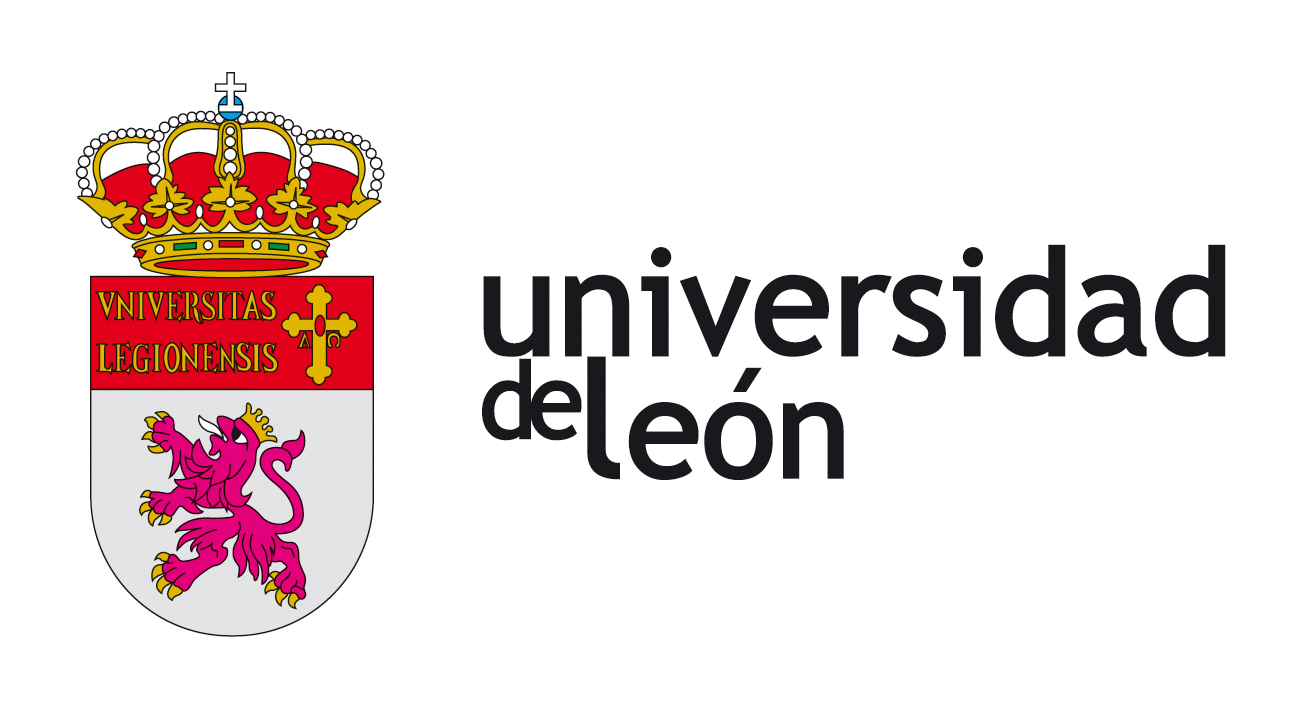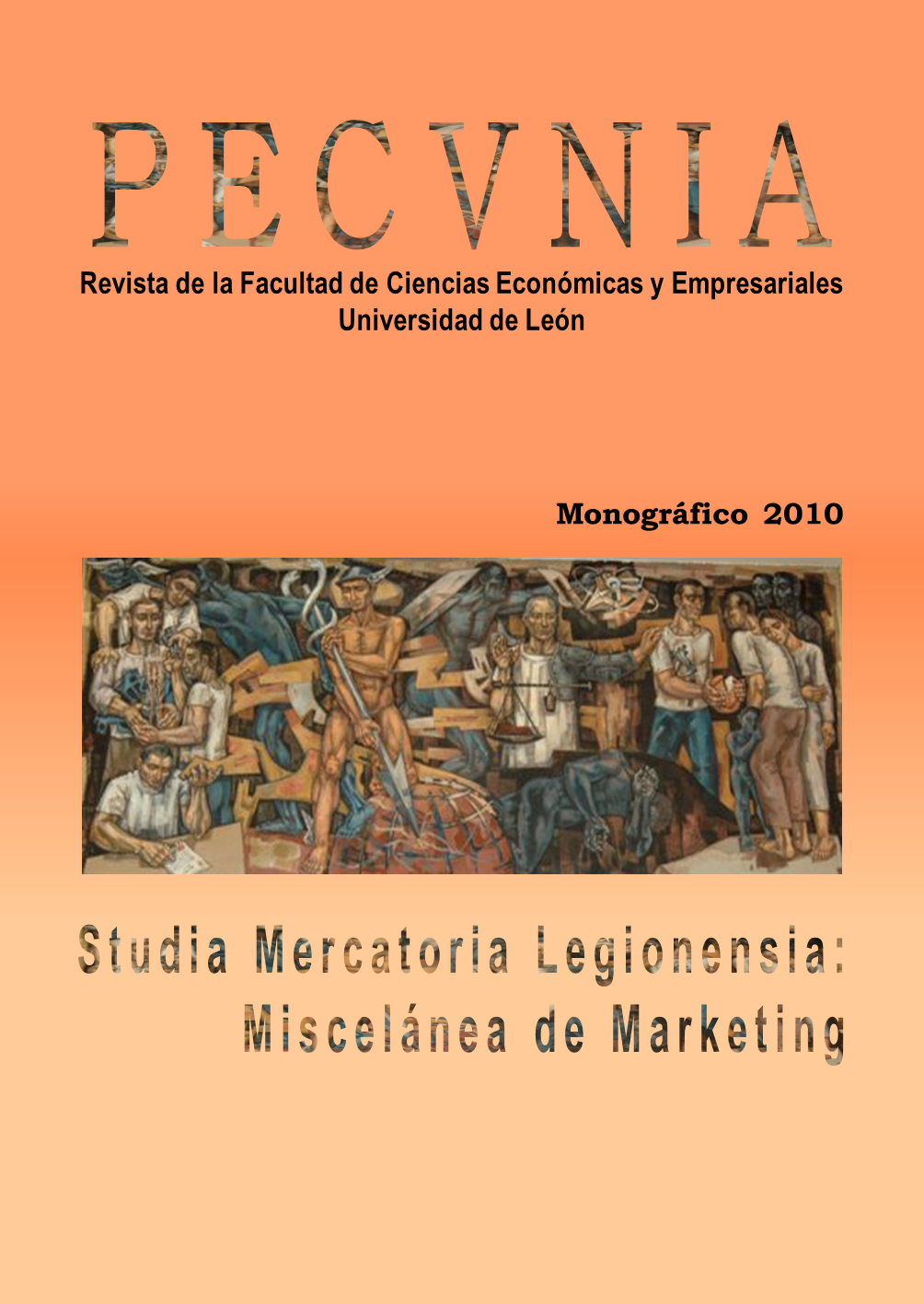Re-Engineering Marketing (RM)
DOI:
https://doi.org/10.18002/pec.v0i2010.763Keywords:
Re-ingeniería del marketing, Teoría del marketing, Nuevos modelos y desarrollos, Re-engineering marketing, Marketing theory, New models and developmentsAbstract
La globalización, el auge de la economía, el progreso de la e-net economía, y el gran dinamismo de las relaciones comerciales se están constituyendo como una función progresiva en constante crecimiento, predeterminando la utilización de unas pocas nuevas oportunidades para aumentar la eficacia de las empresas. Llegados a este punto, a través del prisma de los métodos de reingeniería en el presente artículo se muestran algunos problemas básicos y las oportunidades existentes para la Reingeniería del Marketing (RM).Globalization, the rise of the economy, the progress of the e-net economy, and the high dynamics of business relationships are developing as one of the permanently rising progressive functions, predetermining the use of a few new opportunities for increasing effectiveness of the industry companies. At this point, through the prism of Re-engineering methods, a few basic problems and opportunities for Re-engineering Marketing (RM) are presented in this paper.
Downloads
References
Collins, J.C. and Porras, J.I. (1994). Build to last: successful habits of visionary companies. New York: Harper Business.
Peters, T.J. and Waterman, R.H. (1982). In search of the excellence. Lessons from America’s best-run companies. New York: Harper&Row.
Ries, A. and Ries, L. (2005). The origin of brands. New York: Collins.
Trout, J. (2001). Big brands. Big trouble: lessons learned the hard way. New York: John Wiley & Sons.
Zyman, S. (2000). The end of marketing as we know it. New York: Haper Collins.
Downloads
Published
How to Cite
Issue
Section
License
Copyright (c) 2010 Bozhidar Iv. Hadzhiev

This work is licensed under a Creative Commons Attribution-NonCommercial-ShareAlike 4.0 International License.
Los autores que publican en esta revista están de acuerdo con los siguientes términos:- Los autores ceden de forma no exclusiva los derechos de explotación (reproducción, distribución, comunicación pública, transformación) a la Universidad de León, por lo que pueden establecer, por separado, acuerdos adicionales para la distribución no exclusiva de la versión de la obra publicada en la revista (por ejemplo, alojarlo en un repositorio institucional o publicarlo en un libro), con un reconocimiento de su publicación inicial en esta revista.
- Este trabajo se encuentra bajo la Creative Commons Attribution-NonCommercial-ShareAlike 4.0 International License. Puede consultarse desde aquí la versión informativa y el texto legal de la licencia.
- Se permite y se anima a los autores a difundir electrónicamente las versiones pre-print (versión antes de ser evaluada) y/o post-print (versión evaluada y aceptada para su publicación) de sus obras antes de su publicación, ya que favorece su circulación y difusión más temprana y con ello un posible aumento en su citación y alcance entre la comunidad académica.












